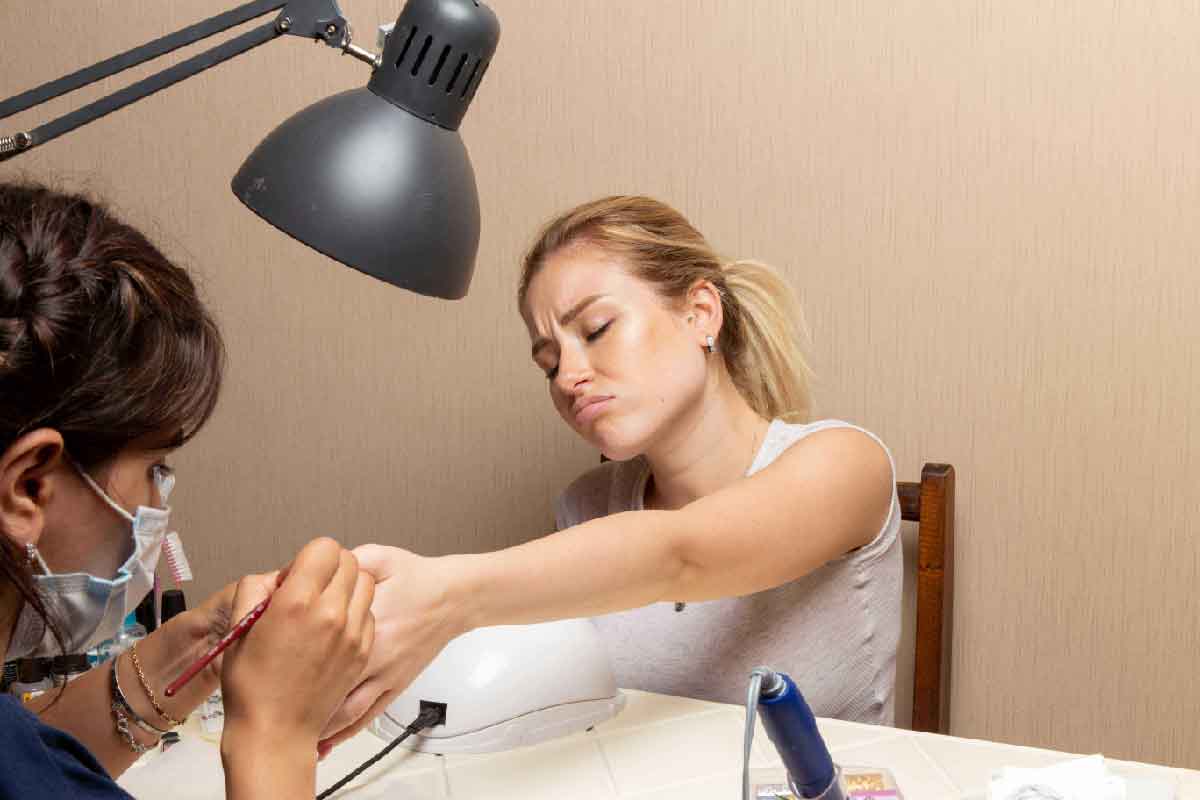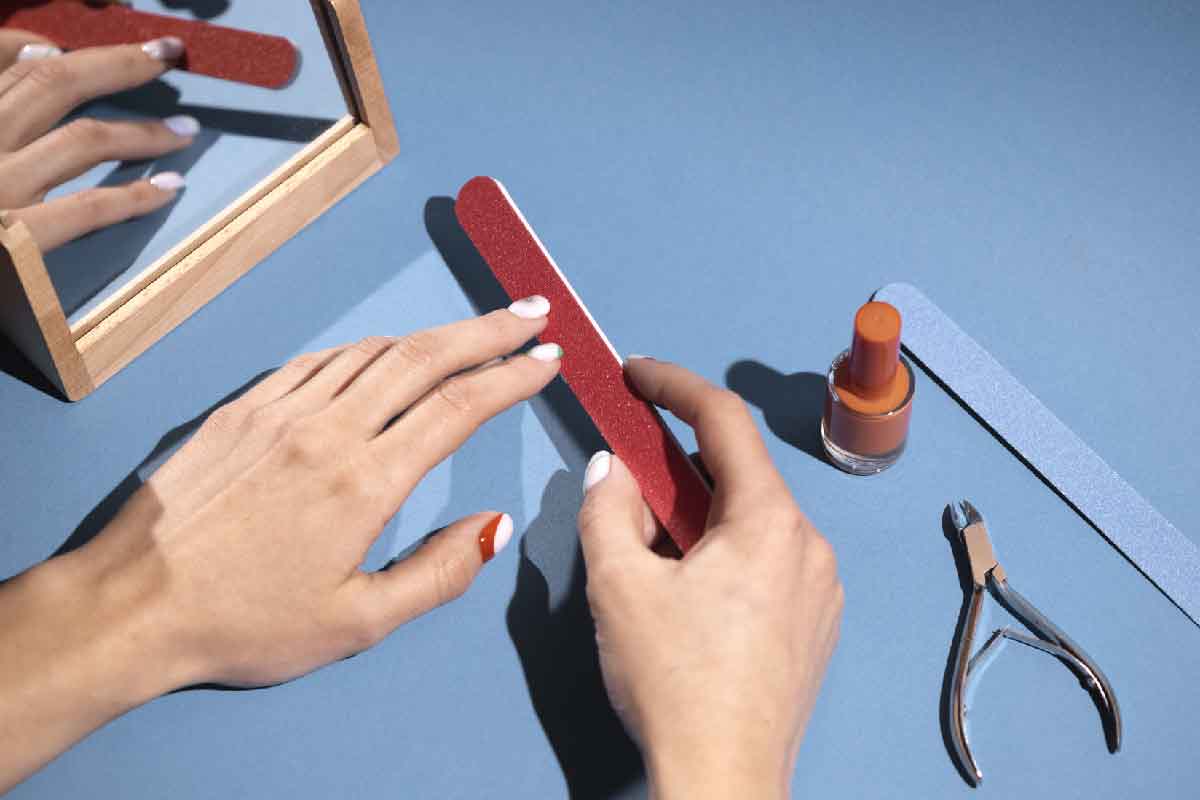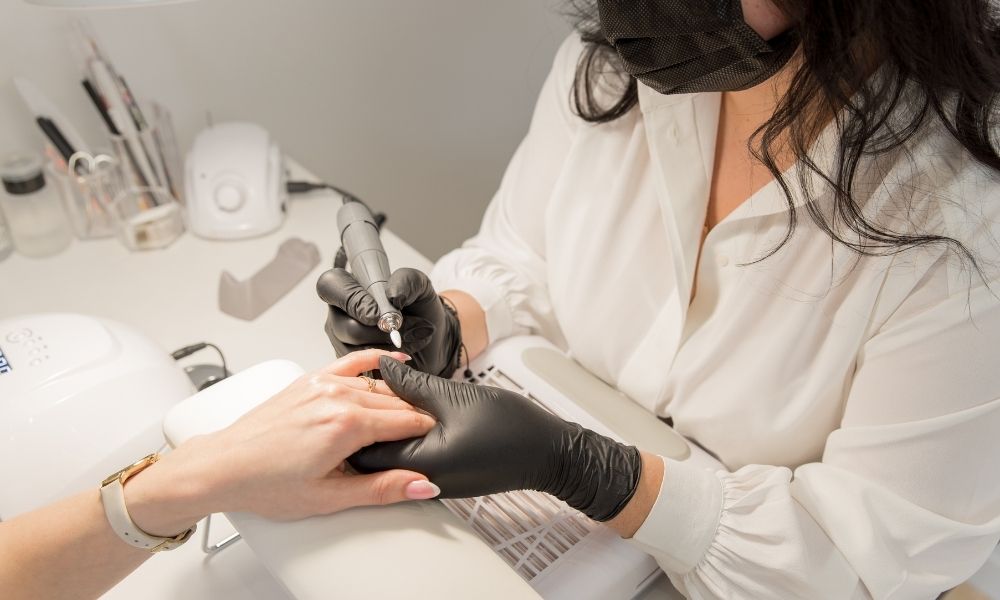
Nail Disease Causes: Symptoms, Prevention, and Proper Treatment
Healthy nails are a symbol of overall wellness and good self-care. However, many people struggle with nail diseases that cause discomfort and affect confidence. Today, we'll explore the various causes of nail diseases along with effective prevention and treatment methods.
Common Nail Diseases and Their Primary Causes
1. Nail Fungus (Onychomycosis)
Causes:
- Fungal infections spread through moist environments
- Wearing tight shoes for extended periods
- Walking barefoot in public areas like pools and locker rooms
- Weakened immune system
Symptoms:
- Nails turn yellow, white, or brown
- Thickened, brittle, and crumbly nails
- Unpleasant odor
- Separation of nail from nail bed
2. Ingrown Toenails
Causes:
- Improper nail trimming (cutting nails too curved)
- Wearing narrow, tight-fitting shoes
- Toe injuries or trauma
- Genetic predisposition to curved nail shape
- Poor foot hygiene
Symptoms:
- Nail edge grows into surrounding skin
- Pain, redness, and swelling
- Pus formation if infected
- Difficulty walking or wearing shoes
3. Brittle Nails (Nail Splitting)
Causes:
- Nutritional deficiencies (protein, iron, B vitamins)
- Frequent exposure to chemicals (detergents, cleaning products)
- Aging and decreased natural oil production
- Underlying health conditions (thyroid disorders, diabetes)
- Overuse of nail polish and harsh nail products
Symptoms:
- Nails break, split, or peel easily
- Dry, rough nail surface
- Abnormally thin or thick nails
- Vertical or horizontal ridges
Deep-Dive Causes of Nail Diseases
Hygiene and Environmental Factors
Poor Nail Care Practices:
- Irregular nail trimming
- Using unsterilized nail tools
- Inadequate nail cleaning
- Sharing nail equipment
Environmental Conditions:
- High humidity and frequent moisture exposure
- Hot temperatures causing excessive sweating
- Contact with pathogens in public facilities
- Poor ventilation in footwear
Health and Nutritional Factors
Underlying Medical Conditions:
- Diabetes: Reduces immune function, increases infection risk
- Heart disease: Poor circulation affects nail health
- Kidney disease: Impacts toxin elimination
- Autoimmune disorders: Compromise natural defenses
Nutritional Deficiencies:
- Protein deficiency: Weakens nail structure
- Iron deficiency: Causes spoon-shaped nails
- Zinc deficiency: Creates white spots on nails
- Biotin deficiency: Leads to brittle, splitting nails
- Vitamin deficiencies: Affect nail growth and strength
Lifestyle and Occupational Factors
Beauty and Grooming Habits:
- Frequent nail polish application without breaks
- Artificial nails and gel extensions
- Aggressive nail scraping or picking
- Using harsh nail products
Work and Activity-Related:
- Jobs involving chemical exposure
- Sports with high injury risk
- Frequent manual labor
- Constant hand washing (healthcare workers)
Effective Nail Disease Prevention Methods
Basic Hygiene Practices
Proper Cleaning:
- Wash hands and feet with soap daily
- Dry thoroughly, especially between toes
- Use nail brush to clean under nails
- Disinfect nail tools regularly
Correct Nail Trimming:
- Cut toenails straight across, not curved
- Use clean, sharp nail clippers or scissors
- Trim nails after bathing when they're soft
- File rough edges gently
Footwear and Sock Selection
Appropriate Footwear:
- Choose properly fitting shoes (not too tight)
- Select breathable materials
- Rotate shoes daily to allow drying
- Avoid sharing shoes with others
Quality Socks:
- Choose moisture-wicking materials (cotton, bamboo)
- Change socks daily or when damp
- Avoid synthetic materials that trap moisture
- Use antifungal foot powder if needed
Nail Care and Maintenance
Moisturizing Products:
- Apply nail and cuticle cream daily
- Use nourishing nail oils 2-3 times weekly
- Give nails breaks from polish
- Choose acetone-free nail polish removers
Natural Nail Treatments:
- Soak nails in warm salt water for 15 minutes
- Use white vinegar soaks to prevent fungal growth
- Apply olive oil for dry, brittle nails
- Massage cuticles to improve circulation
Treatment Approaches by Nail Disease Type
Treating Nail Fungus
Initial Treatment:
- Apply topical antifungal medications
- Soak in 1:1 vinegar-water solution
- Keep nails clean and dry
- Trim infected nail portions
Severe Cases:
- Consult healthcare provider for oral antifungals
- May require nail removal in extreme cases
- Treatment duration: 3-6 months typically
- Follow-up care to prevent recurrence
Managing Ingrown Toenails
Home Remedies:
- Soak feet in warm salt water
- Place small cotton pieces under nail edge
- Wear wide-toed shoes
- Apply antibiotic ointment if needed
When to See a Doctor:
- Signs of infection (pus, fever)
- Increasing pain after 3-5 days
- Recurring ingrown nails
- Diabetes or circulation problems
Addressing Brittle Nails
Basic Care:
- Apply moisturizing nail cream daily
- Wear gloves during household chores
- Consume adequate protein in diet
- Avoid harsh chemicals
Nutritional Support:
- Biotin supplementation (2.5mg daily)
- Iron supplements if deficient
- Protein from food sources or supplements
- Multivitamin with nail-supporting nutrients
When to Seek Medical Attention
Warning Signs Requiring Immediate Care
Acute Symptoms:
- Severe pain with swelling and redness
- Pus discharge or bleeding
- Fever accompanying nail problems
- Signs of spreading infection
Chronic Issues:
- Persistent nail discoloration (2-3 months)
- Progressive nail thickening
- No improvement with home treatment
- Recurring nail problems
Preparing for Medical Consultation
Information to Gather:
- Timeline of symptom development
- Previous treatments and their effectiveness
- Current medications and health conditions
- Photos documenting nail changes
Questions to Ask:
- What type of nail condition do I have?
- What treatment options are available?
- How long will treatment take?
- How can I prevent recurrence?
Professional Treatment Options
Dermatological Treatments
Topical Medications:
- Prescription antifungal creams
- Medicated nail lacquers
- Steroid preparations for inflammation
- Antimicrobial solutions
Oral Medications:
- Systemic antifungal drugs
- Antibiotics for bacterial infections
- Nutritional supplements
- Immune system modulators
Surgical Interventions
Minor Procedures:
- Partial nail removal
- Nail bed treatment
- Ingrown nail correction
- Debridement of infected tissue
When Surgery is Necessary:
- Severe, recurring ingrown nails
- Extensive fungal infections
- Tumors or growths under nails
- Traumatic nail injuries
Nutritional Support for Healthy Nails
Essential Nutrients
Protein Sources:
- Lean meats, fish, eggs
- Legumes and nuts
- Dairy products
- Plant-based protein powders
Key Vitamins and Minerals:
- Biotin: Strengthens nail structure
- Iron: Prevents nail deformities
- Zinc: Supports nail growth
- Vitamin D: Enhances calcium absorption
- Omega-3 fatty acids: Reduce inflammation
Dietary Recommendations
Foods to Include:
- Salmon and other fatty fish
- Leafy green vegetables
- Nuts and seeds
- Whole grains
- Colorful fruits and vegetables
Foods to Limit:
- Excessive sugar and processed foods
- Alcohol (can interfere with nutrient absorption)
- Foods high in saturated fats
- Artificial additives and preservatives
Long-term Nail Health Maintenance
Daily Care Routine
Morning:
- Inspect nails for changes
- Apply moisturizer to hands and feet
- Check for ingrown nails or irritation
Evening:
- Clean nails thoroughly
- Apply cuticle oil or cream
- Massage hands and feet to improve circulation
Weekly Maintenance
Nail Care Tasks:
- Trim and file nails as needed
- Deep moisturizing treatment
- Gentle exfoliation of hands and feet
- Sanitize nail tools
Monthly Assessment
Health Monitoring:
- Document any nail changes
- Evaluate effectiveness of current care routine
- Adjust products or techniques as needed
- Schedule professional care if necessary
Comprehensive Nail Disease Prevention
Key Prevention Strategies:
Maintain Proper Hygiene - Regular cleaning and sanitization
Trim Nails Correctly - Straight cuts using clean tools
Choose Appropriate Footwear - Well-fitting, breathable shoes
Moisturize Regularly - Daily application of nail care products
Eat a Balanced Diet - Adequate protein, vitamins, and minerals
Monitor Changes - Early detection and prompt treatment
Seek Professional Care - When home treatment isn't effective
Remember: Healthy nails reflect overall health and proper self-care. If you notice persistent changes or symptoms that don't improve within 1-2 weeks, consult a healthcare provider for proper diagnosis and treatment. Prevention is always more effective and less costly than treatment, so invest in good nail care habits today.
Early intervention and consistent care are the keys to maintaining healthy, strong nails throughout your life. Don't ignore minor issues, as they can develop into more serious conditions requiring extensive treatment.
Disclaimer: This article is for educational purposes only and cannot replace professional medical diagnosis and treatment. Always consult healthcare providers for persistent or severe nail problems.





